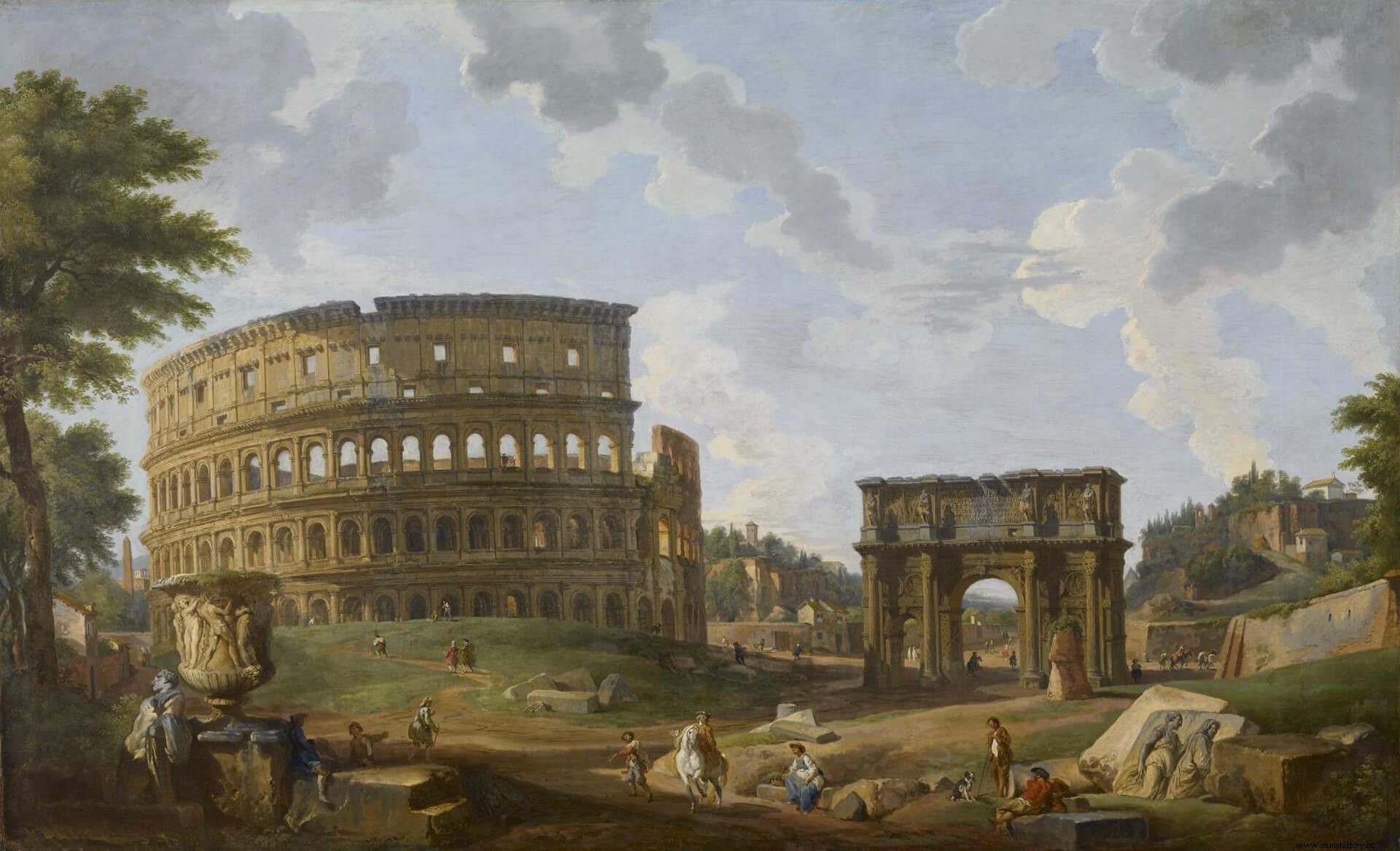
We find the term Grand Tour for the first time in a guide by Richard Lassels, from the year 1670, referring to the great journey made by young British aristocrats between the 16th and 18th centuries. This fact constituted a new way of traveling quite similar to what we know today as tourism. The motivations could be very varied, although those linked to education prevailed. They highlight the direct encounter with Antiquity; health problems, both physical and mental (remember that “melancholy” was a very common illness at this time); social prestige; hobbies related to the arts, such as opera or theater; need to escape; or even search for sexual identity. Although above all, the primary reason was the increase in social prestige, which created the need to demonstrate that the experience had been real. Two of the most important factors that make up the Grand Tour come into play here. :the tutor who accompanied the traveler and the acquisition of what we now call souvenirs .
To understand this cultural phenomenon we must situate ourselves in Europe of the 16th, 17th and especially the 18th centuries, with Great Britain victorious in the Seven Years' War, a turbulent Europe and an extremely divided Italy plagued by palace intrigues. In England the aristocracy sees its prestige decline while the power of the bourgeoisie increases, due to the change in land ownership. This redistribution of economic power affected the student profile, which grew in number and diversity.
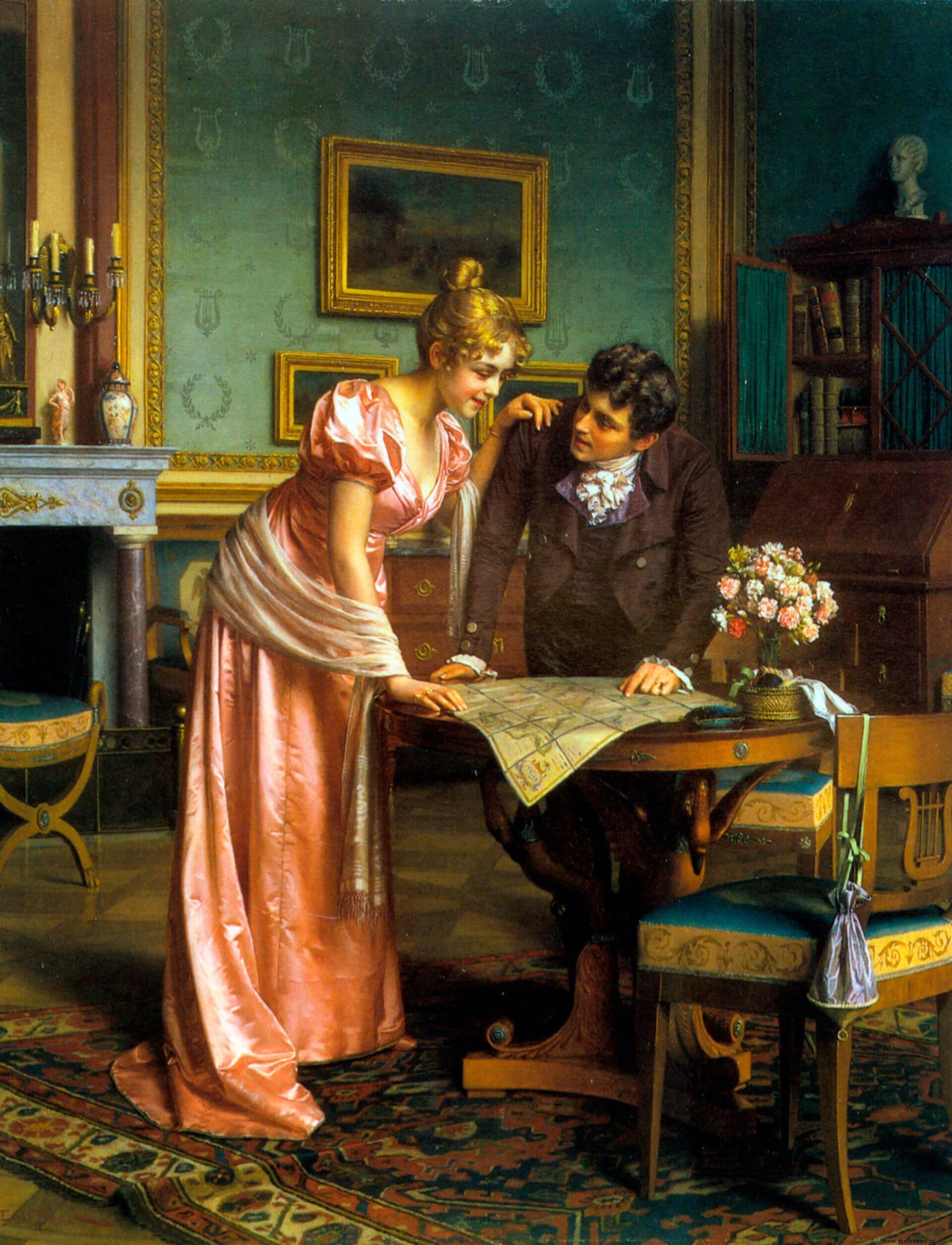
The trip was financed by the parents of the students at the end of their educational stage and they were always accompanied by a tutor who acted as a guide at the same time and, therefore, they must have made the trip before, even more than once. This tutor also served to verify the veracity of the trip. The most common itinerary included Paris, northern Italy, Florence, Rome, Naples, Switzerland, and sometimes Germany. This tour used to last between two and three years, but the young people did not study at the universities of the places of destination, but rather pursued knowledge; learn, understand, observe the customs of other places and compare them with their own. In fact, the philosopher Francis Bacon published in 1597 an essay entitled “Of Travel ” in which he presented a decalogue of motivations that every traveler should take into account. Among them, they highlighted the experience that would help them successfully face future political life or mature and become an adult. In addition, he advised visiting the cities but not staying too long in them, as well as creating a circle of friends who would serve as future contacts.
Travellers have left us their most sincere opinions of these great itineraries, rating the cities or comparing them with some of their own country. Leandro Fernandez Moratin , for example, in the Family Letters of him, he describes the Italian cities he visited in 1786. Naples is possibly the least valued and he says that it was "decadent, with many unemployed people on the streets and numerous charitable institutes to house the poor and needy". He adds about its population that "the nobility is so arrogant, so foolish, so ill-educated, so vicious, that in the eyes of a philosopher, of a good man, it is precisely the most despicable portion of the state." And lastly, he refers to the city's trade and a possible bad experience of his own, as he comments that "the bad faith that reigns in contracts is such that to buy anything in Naples, a foreigner needs to give the commission to one of the country”.
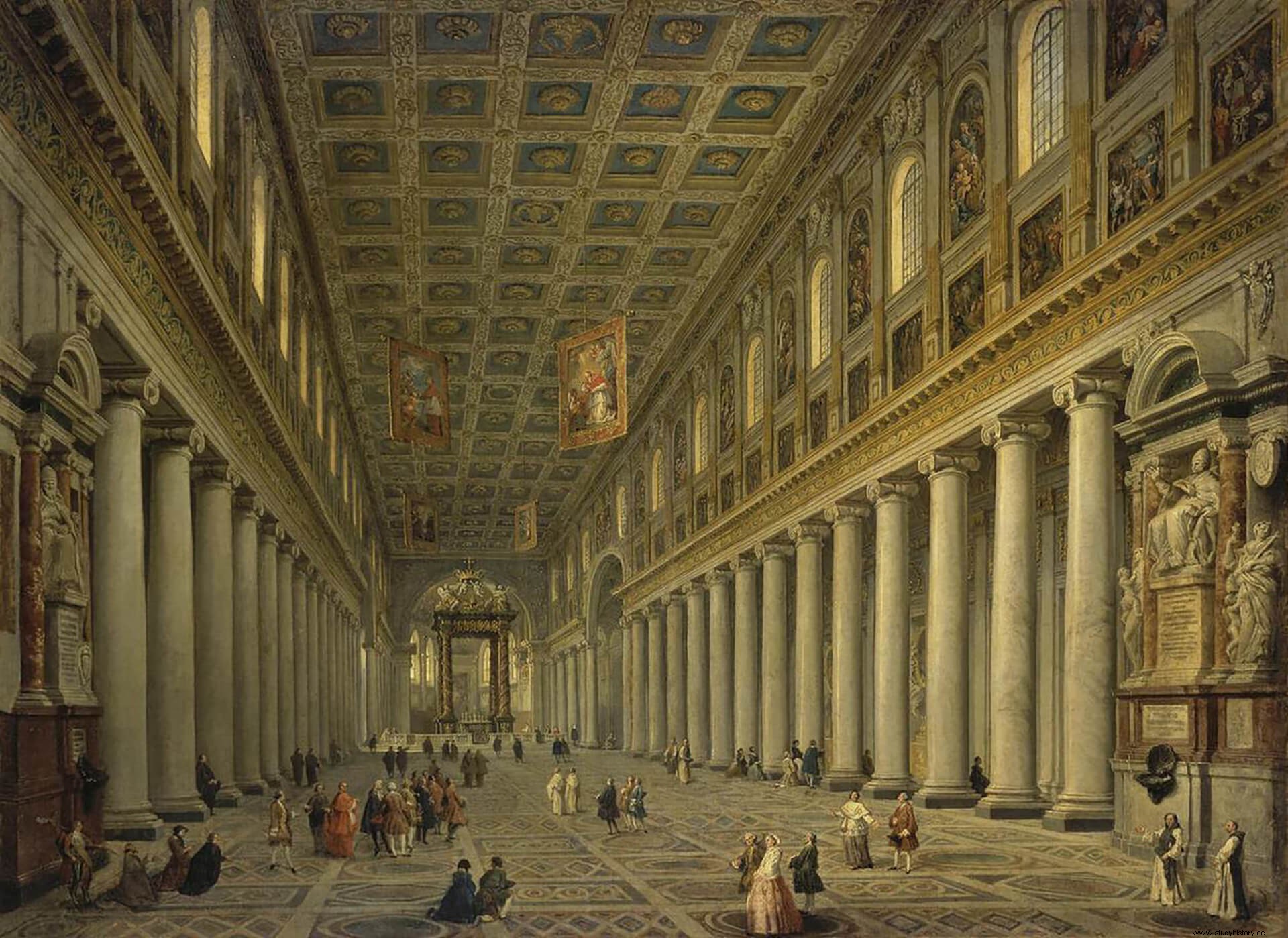
Golden Age of the Grand Tour
With the arrival of the eighteenth century and the Enlightenment , also came the rise of the Grand Tour . This intellectual movement promulgated new ways of thinking, of education and of approaching knowledge. The faith of the enlightened in the possibilities of the State caused future politicians to want to meet other governments and gather knowledge for their own country. Traveling was established as the best way to get to know man and his relationship with the world. However, the concept of travel as a mode of education has been quite recurrent throughout history:in Some thoughts on education (1693), Locke asks young people to complete their training with a trip; Voltaire stated in Candido (1759) that it is necessary to travel, like Rousseau , who recommended it to Emilio.
On the other hand, Geography was the fashionable science in Britain in the 18th century, which led to the success of travel publications. In addition, some governments subsidized many trips, reaching the trivialization of the Grand Tour . Itineraries, time and destinations were standardized. The Petit Tour appeared , with more affordable prices, and the first "tourist package" in history was created, which included Paris, Brussels and Amsterdam.
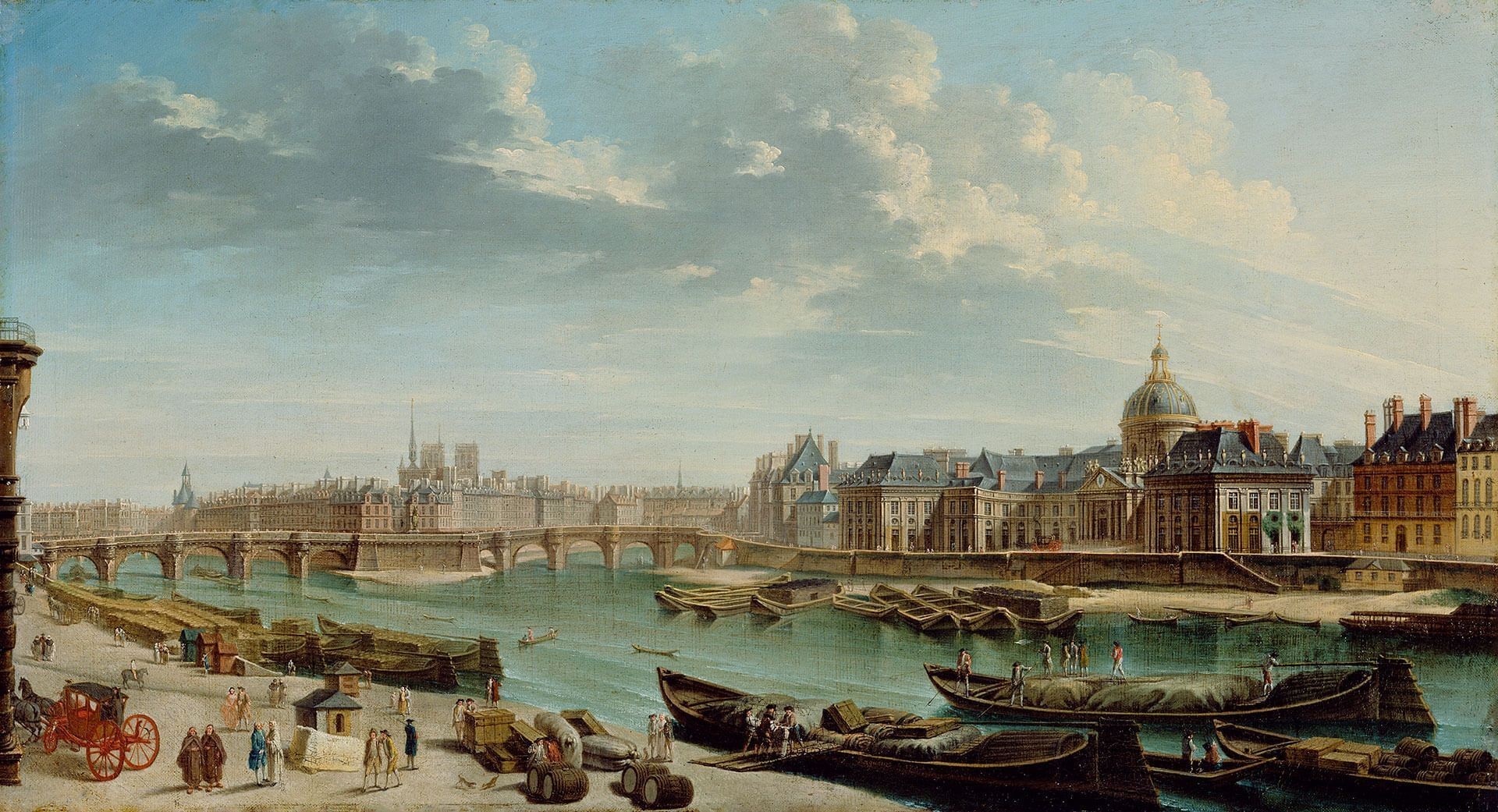
Antique fever
Going back to the theme of the "certification" of the trip, we come to one of the most important consequences of this trend:the trade in antiques and art in Europe. This experienced a great boom thanks to young travelers who obtained valuable objects –or not so much– in the cities they visited to prove that they had been there. There was a general fervor for acquiring dell’antico objects and works of art, which caused the traffic in antiquities, especially between Italy and England during the 18th century. The first souvenir industry was developing and professions such as restorer or sculptor became important. When analyzing the objects that were acquired during the trip, such as books, drawings, prints, paintings, sculptures, plans or antiques of any kind, it is concluded that there were two fundamental reasons for obtaining them. The first, utility, through elements that help travelers to visit the city, such as maps or guides; and the second, the reminders, which could range from engravings or views of cities to the most peculiar objects. As for antiquities, looking at export works and excavation permits, we can clearly see how the number of requests accepted from Great Britain far exceeds the rest of the countries. Rome, from the middle of the Settecento , became an agglomeration of tourists, merchants and antique dealers.
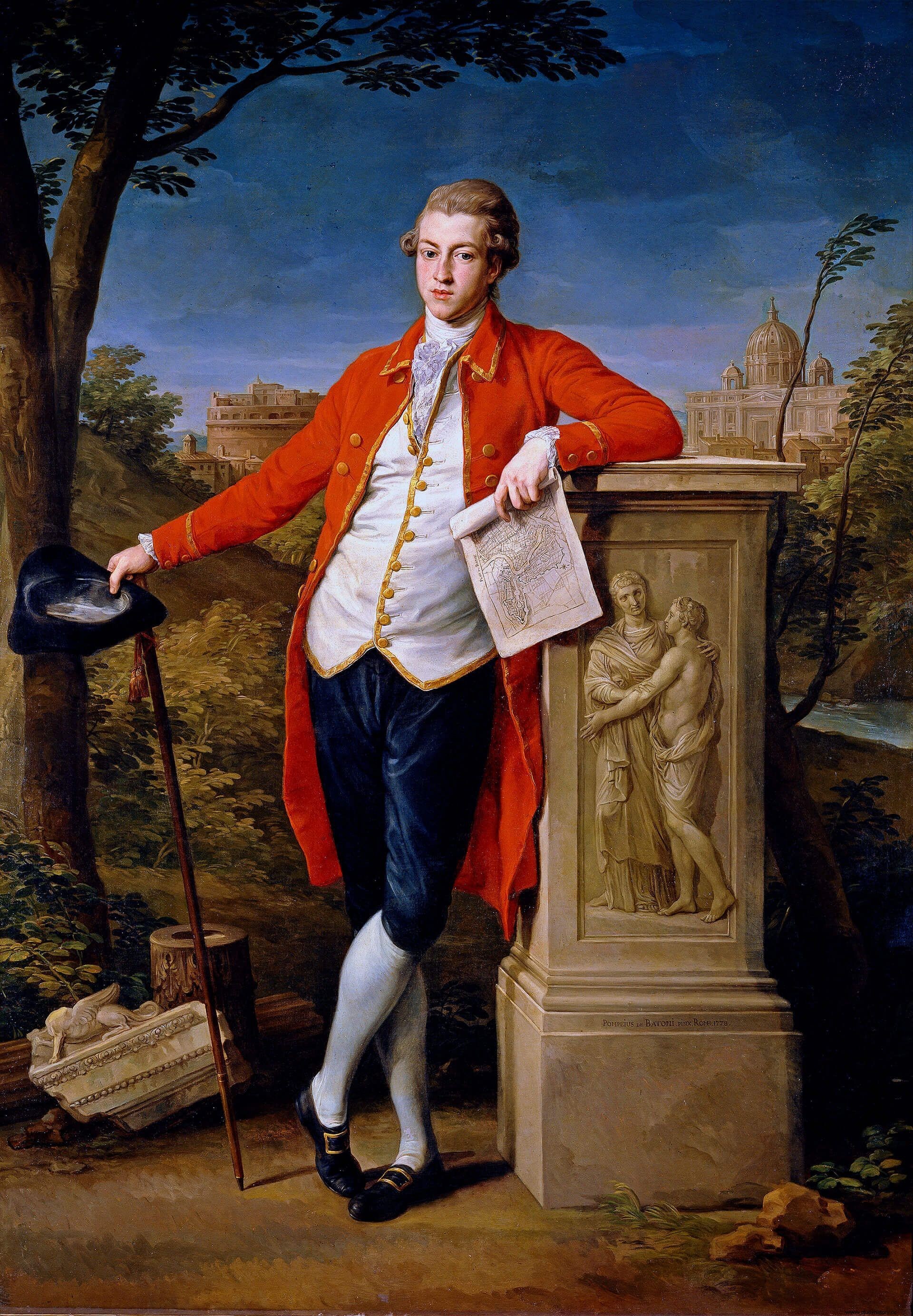
Another consequence of this social phenomenon was the creation of travel literature and of novels whose plot was developed in one of these expeditions. Future travelers bought these books before leaving and contributed to their creation on the way back. In addition, in many cases, with the need to capture their adventures abroad, they wrote their memoirs, helping future historians to better understand the reality of the moment and how the natives of different countries saw each other.
A specific case
However, the British were not the only ones who traveled through Europe, since the edition of a "traveler's dictionary" carried out a few years ago by British historiography shows that the French also , Dutch, German, Russian or Scandinavian joined the fashion. Without forgetting, of course, the trips around the Old Continent that the young North Americans later carried out, perhaps imitating the British themselves.
We find the particular case of the Menorcan Bernardo José Olives de Nadal who, in 1699, at the age of 21, undertook his Grand Tour through Catalan lands entering France and arriving in Marseille; he sailed to Genoa and Livorno; he toured Tuscany to Rome and traveled south to meet Naples and reach Venice across the Adriatic. He traveled through northern Italy, the Alps and France to reach Flanders; and after Holland, London and the south of England he returned to Menorca passing through Valencia and Tarragona.
When he returned, after almost two years, he wrote his memoir, in which he highlights an anecdote that also illustrates the possibilities that these great trips could provide to Young. During his stay in France, on November 1, 1700, he is invited by the Spanish ambassador to the court of the Gallic country, where he has the opportunity to meet the new king of Spain, Felipe V.
With cases such as that of Bernardo José and many other testimonies that have survived to this day, it is confirmed that Bacon's postulates continued to be valid throughout later centuries. We can even say that travel for educational purposes is currently more alive than ever.
Fonts
- COMELLAS AQUIRREZÁBAL, M. (2014):«Travels and learning:the eighteenth-century Grand Tour to the romantic journey». In Navarro Domínguez, E.:Image of the world:six studies on travel literature (Pages 67-125) Ed:University of Huelva
- LÓPEZ MARTÍNEZ, G. (2015):«The Grand Tour:review of an anthropological journey». In Grand Tour:Journal of Tourism Research . ISSN:2172-8690 No. 12 (Pages 106-120)
- PORTRAS, S. (2003):The travel books. Genesis of a genre. Italy in the Nineteenth-Century Travel Books. Ed:University of Valladolid.
- SUÁREZ HUERTA, A. (2012):«The Grand Tour:a journey undertaken with the gaze of Ulises». In Isimu:Journal on the Near East and Ancient Egypt . ISSN:1575-3492, No. 14-15 (Pages 253-282)
